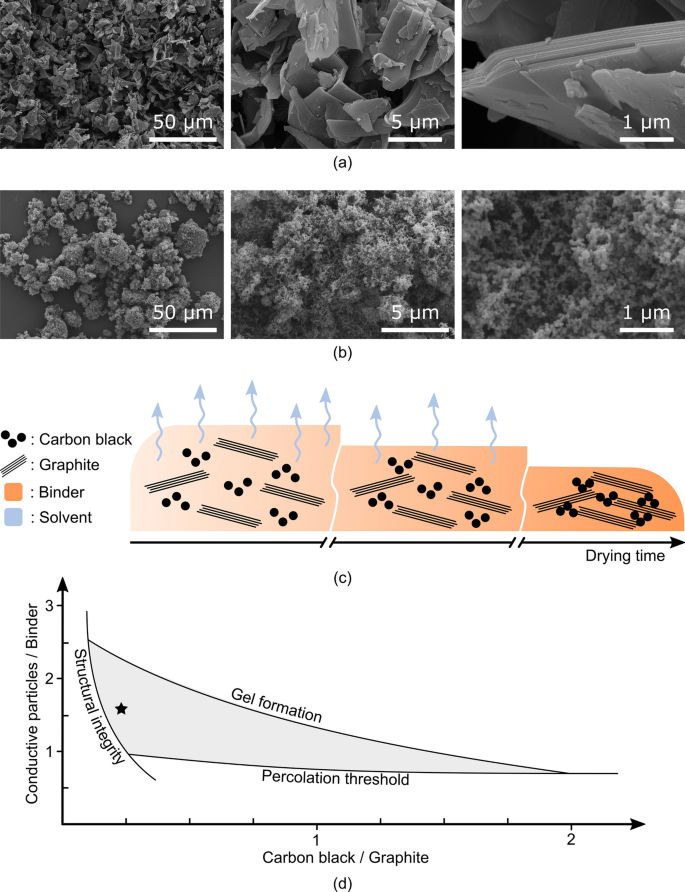2021-12-20 スイス連邦材料試験研究所(EMPA)

・ EMPA が、カイガラムシの分泌物であるセラックを利用した、金属フリーで無毒性、生分解性の 3Dプリンティングインクを開発。
・ ロボキャスティングと呼ばれる 3D プリンティング等の積層プロセスで作製する使い捨て電子機器のプリント作製用インクには高価な金属が含まれ、環境に配慮した廃棄処理にはコストがかるだけでなく、電子ゴミの問題をさらに悪化させる。
・ インテリジェントパッケージ(機能性包装)のセンサーを使用した、長距離輸送経路での製品・農産物のモニタリングは将来的な動向だが、使用期間が数日間に限られる使い捨てセンサーでは電子ゴミの増量が懸念される。そのため、電気性能、コストと持続可能性が調和した実用的で安定した材料の開発が必要となる。
・ 新インクは、バイオ材料のセラックの溶液にカーボンブラックとグラファイトの炭素粒子を分散させたもの。かつてはレコード盤の製造に、現在では木工製品のワニスやマニキュア液に使用されているセラックは、インク使用後に蒸発する安価なアルコールに溶解し、炭素粒子のバインダーとして機能する。
・ スクリーンプリンティングや 3D プリンティングのインクには、せん断減粘性(せん断応力の増加で粘性が低下する特性)が不可欠。新インクは、静止状態では粘性で、プリンティング時の水平せん断応力により流動性が高くなり、プリント部品の相分離でプリンターノズルが詰まる問題がある。また、インク中のカーボンブラックの量が多すぎると、インク乾燥後に割れる恐れがある。
・ これらの課題に対処するため、40 ミクロンと 7~10 ミクロンの 2 種類のサイズの炭素粒子の利用や、グラファイトとカーボンブラックの混合比率の変更を通じてインク組成を調整し、2D・3D プリンティングで使用できるインクを数種類作製した。
・ 薄い PET 片上に新インクによる歪みセンサーを作製して 3D プリンティング部品作製への適合性を実証。また、引張強度、水中での安定性やその他の特性の試験でも良好な結果が得られた。新インク技術は特許出願済み。
・ 包装製品の品質変化をモニタリングするスマートパッケージの導電トラックやセンサーエレメント、バイオ医療デバイス、食品・環境センシング分野での持続可能なプリンテッドエレクトロニクスのアプリケーションでの活用が期待できる。
URL: https://www.empa.ch/web/s604/carbon-ink
<NEDO海外技術情報より>
(関連情報)
Scientific Reports 掲載論文(フルテキスト)
Versatile carbon-loaded shellac ink for disposable printed electronics
URL: https://www.nature.com/articles/s41598-021-03075-4
Abstract
Emerging technologies such as smart packaging are shifting the requirements on electronic components, notably regarding service life, which counts in days instead of years. As a result, standard materials are often not adapted due to economic, environmental or manufacturing considerations. For instance, the use of metal conductive tracks in disposable electronics is a waste of valuable resources and their accumulation in landfills is an environmental concern. In this work, we report a conductive ink made of carbon particles dispersed in a solution of shellac. This natural and water-insoluble resin works as a binder, favourably replacing petroleum-derived polymers. The carbon particles provide electrical conductivity and act as a rheology modifier, creating a printable shear-thinning gel. The ink’s conductivity and sheet resistance are 1000 S m−1 and 15 Ω sq−1, respectively, and remain stable towards moisture. We show that the ink is compatible with several industry-relevant patterning methods such as screen-printing and robocasting, and demonstrate a minimum feature size of 200 μm. As a proof-of-concept, a resistor and a capacitor are printed and used as deformation and proximity sensors, respectively.



